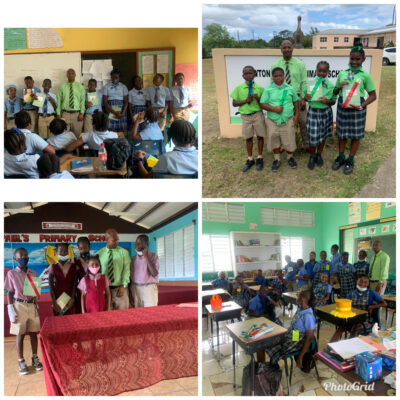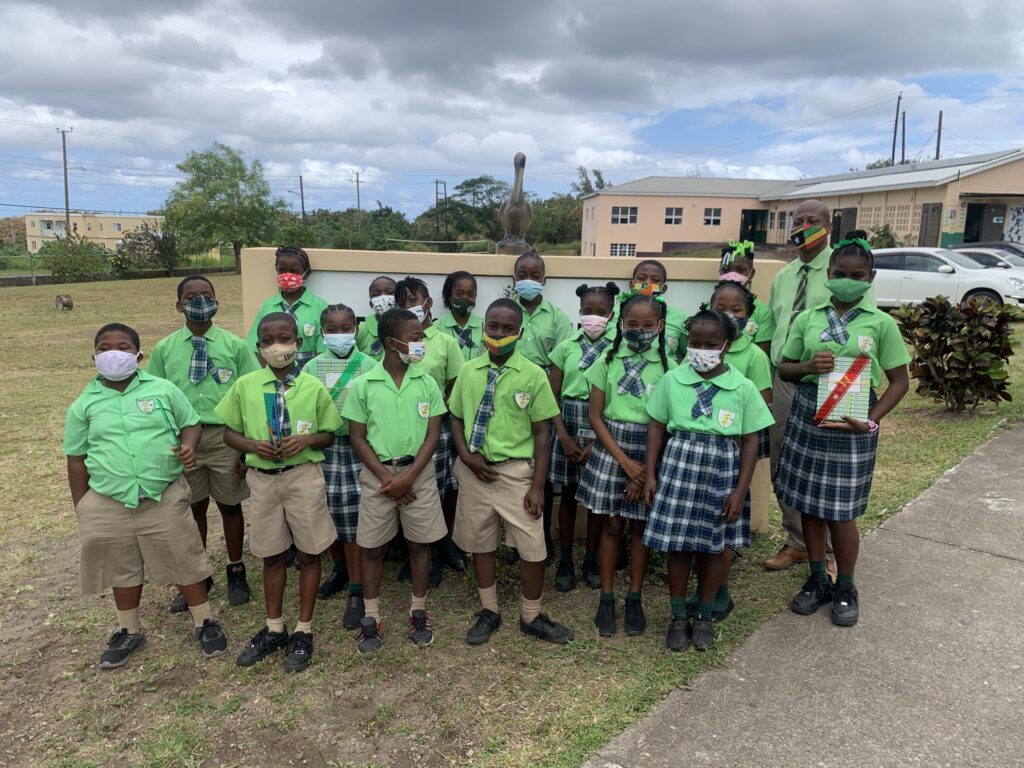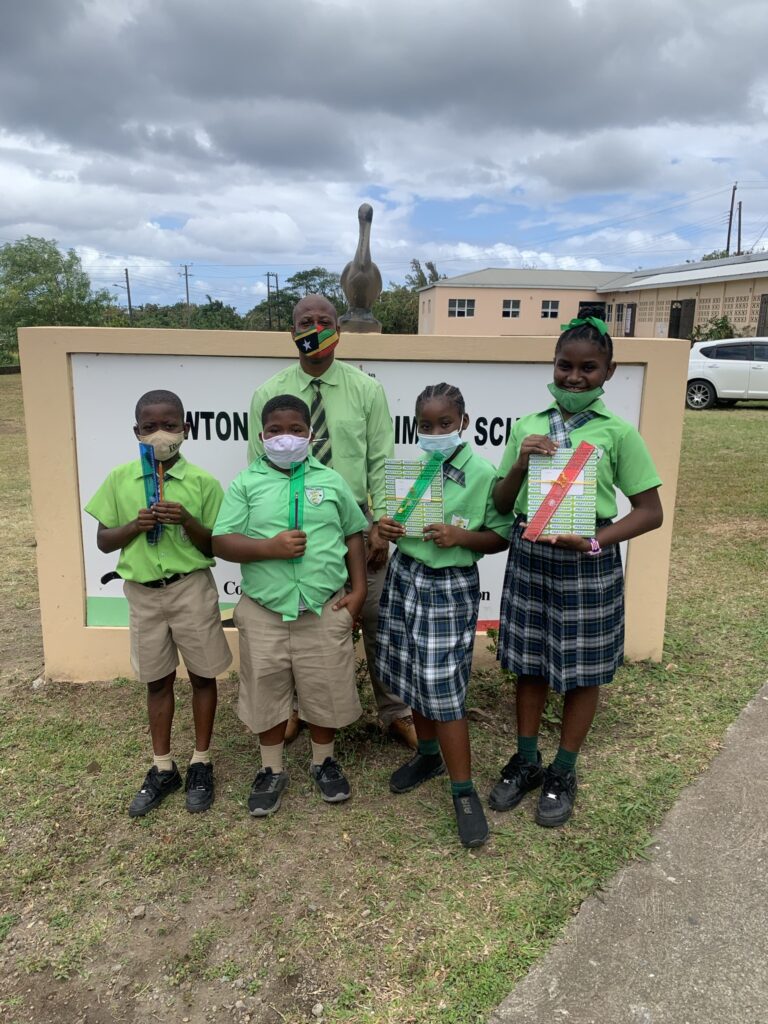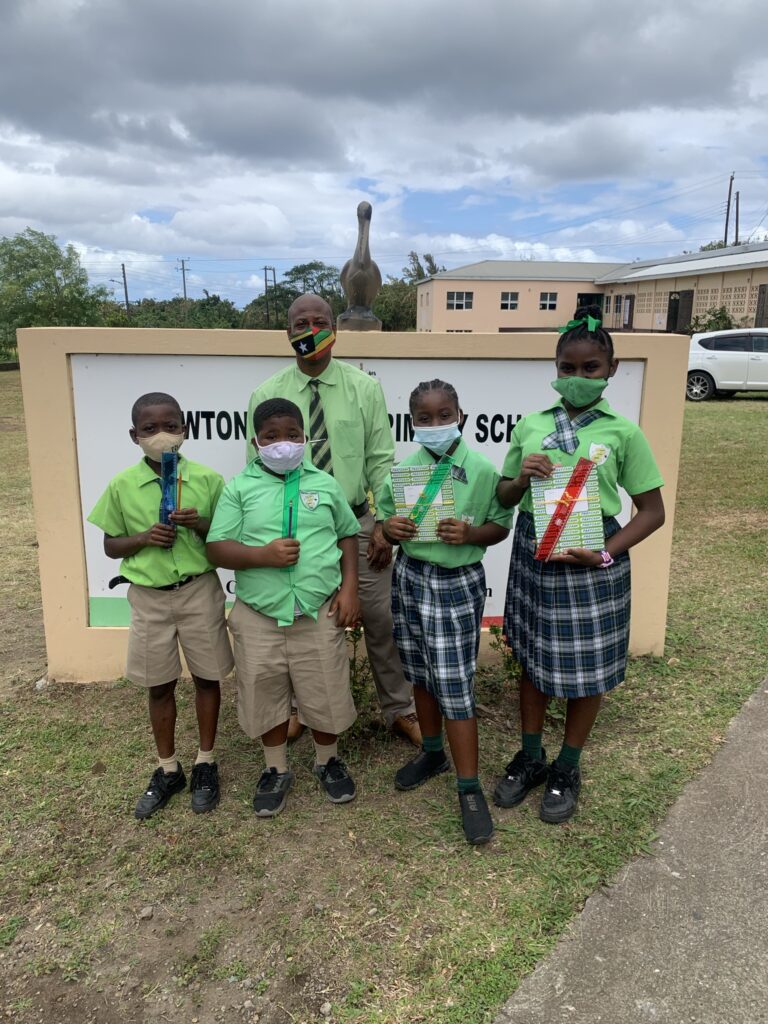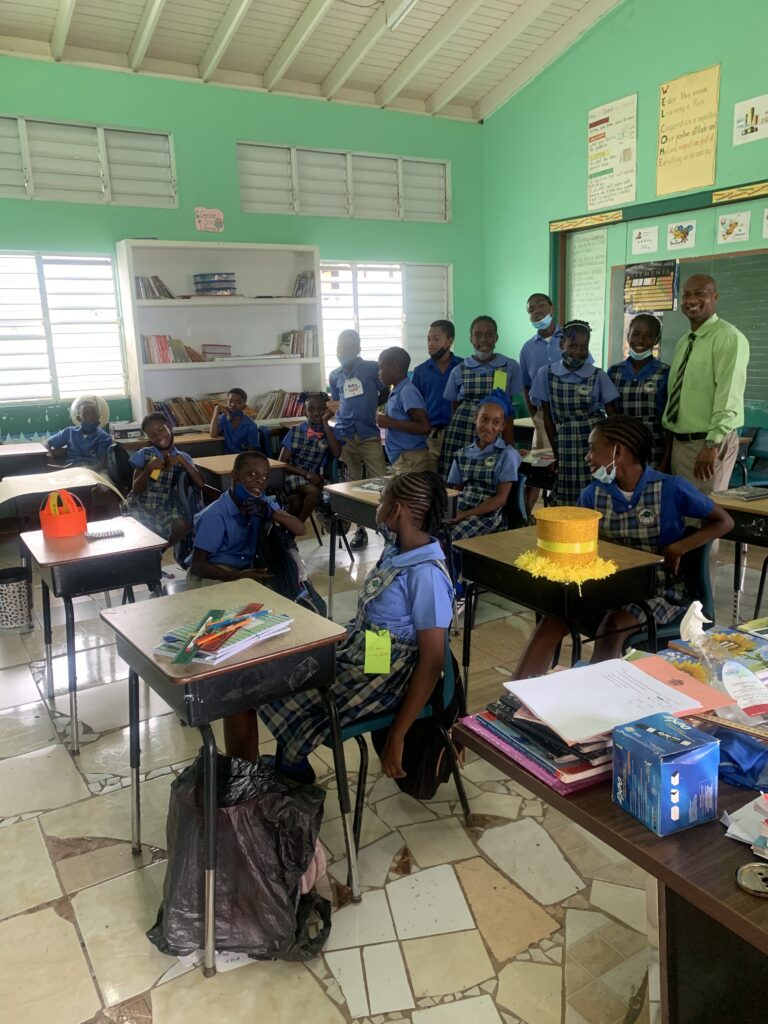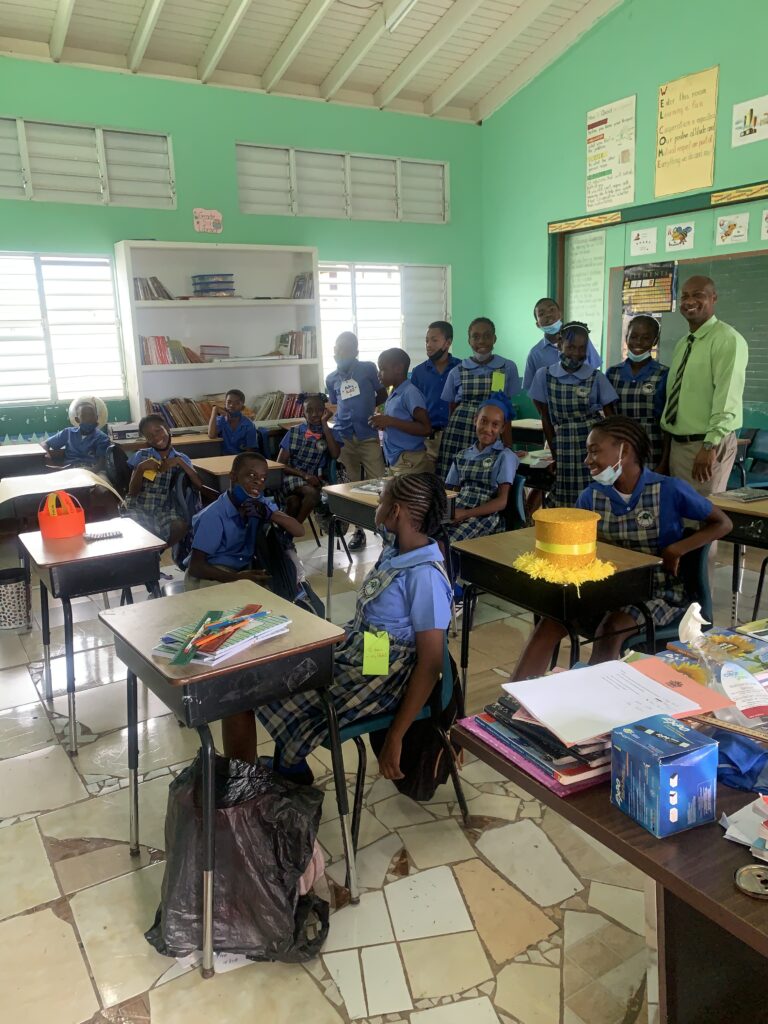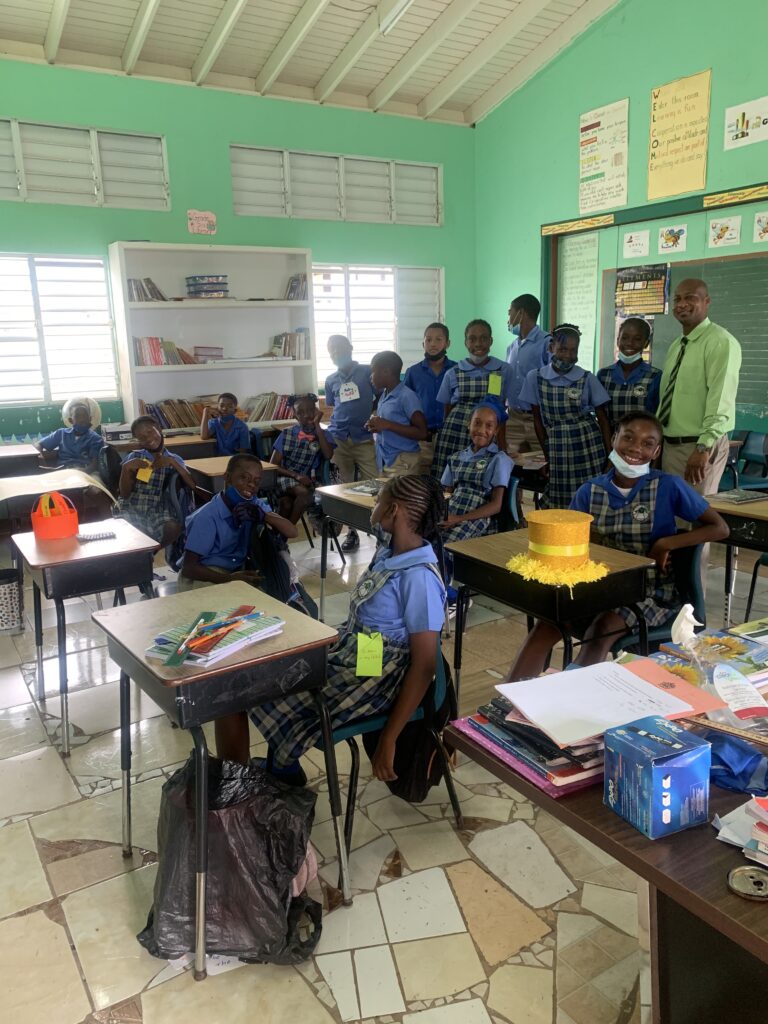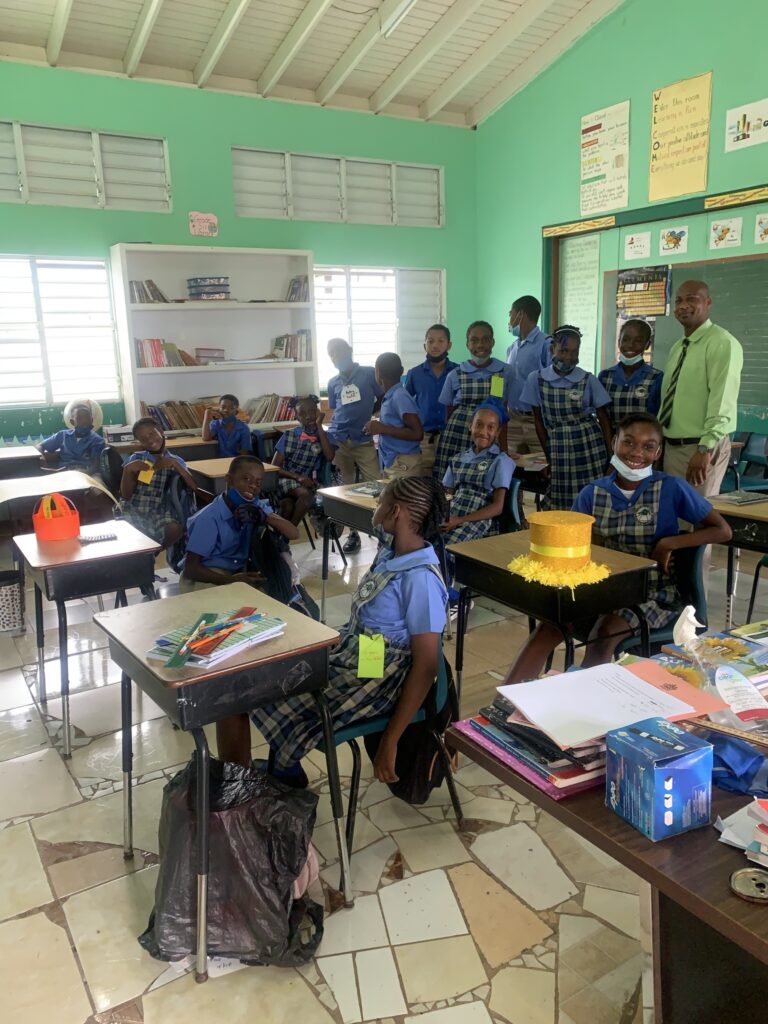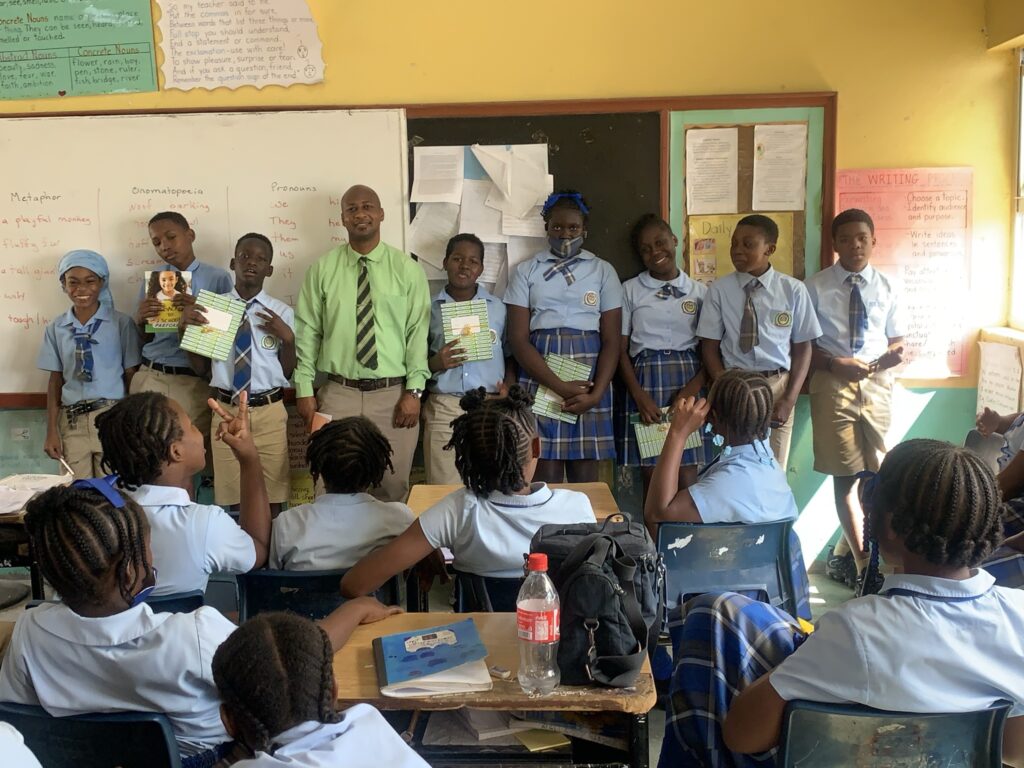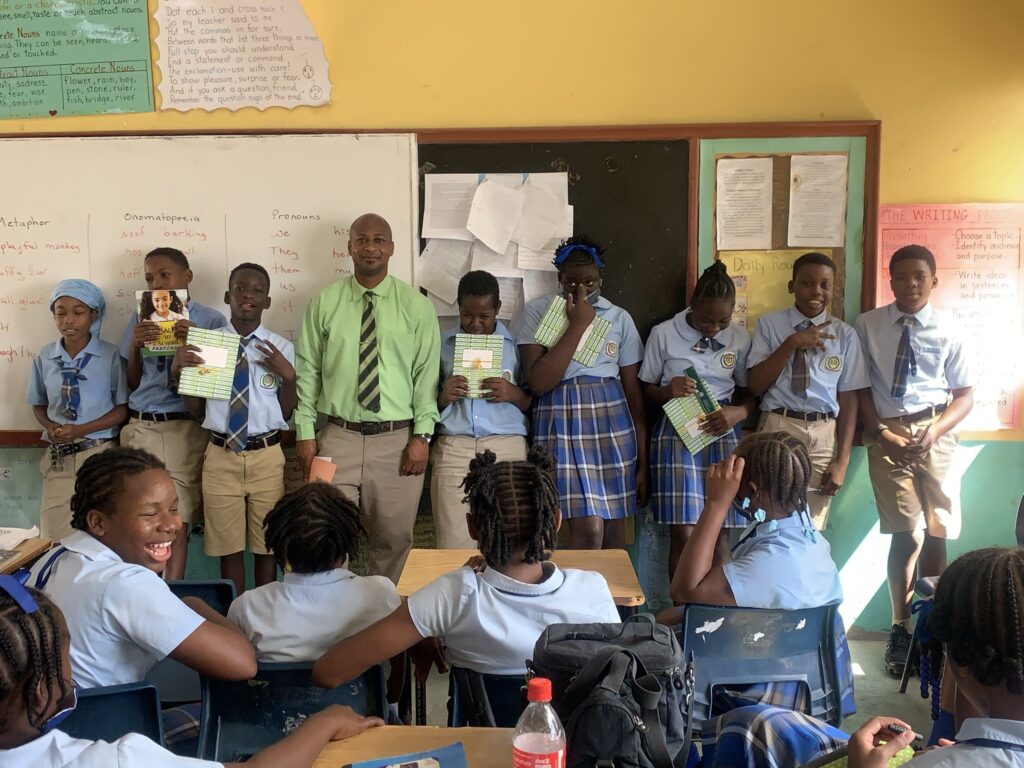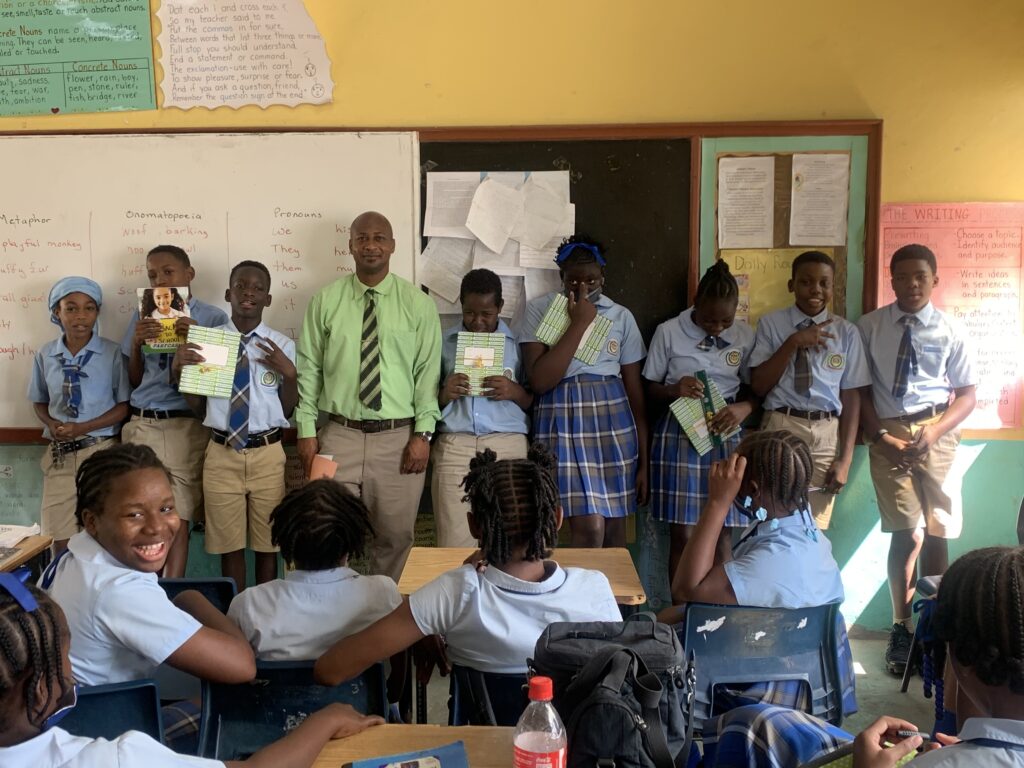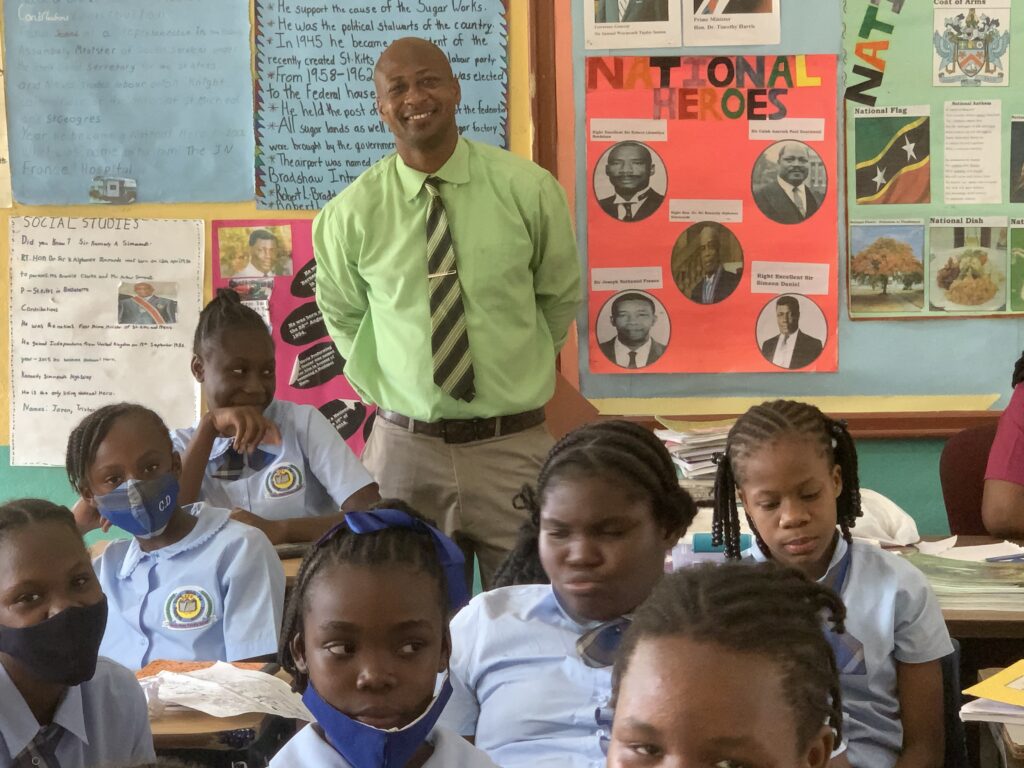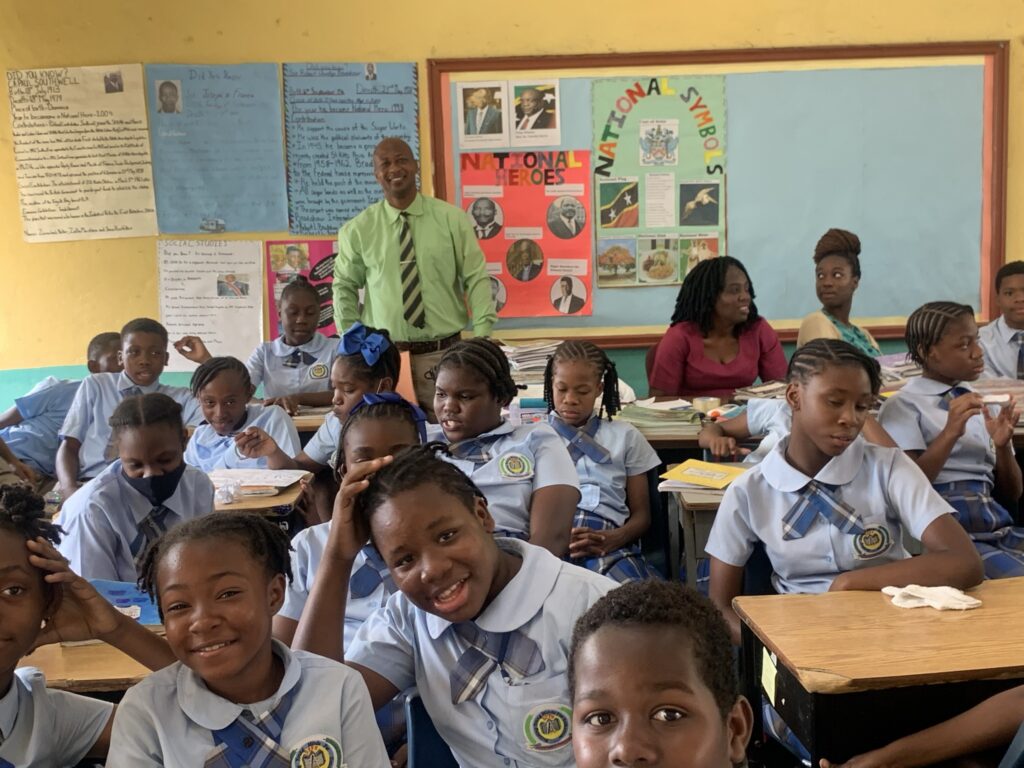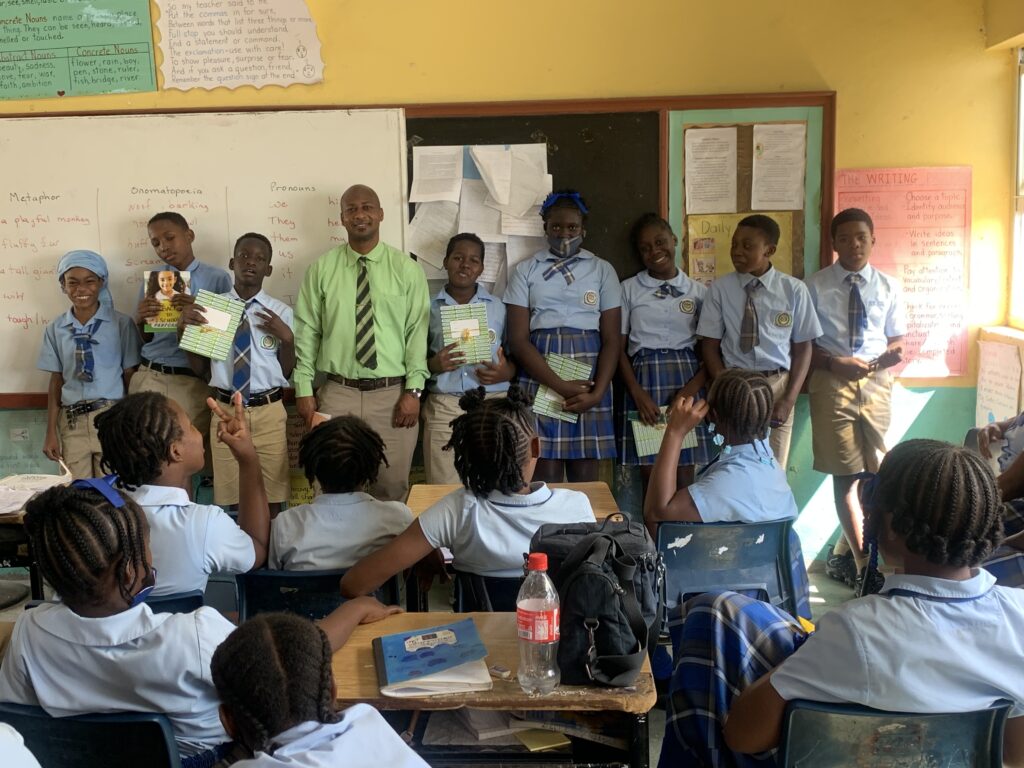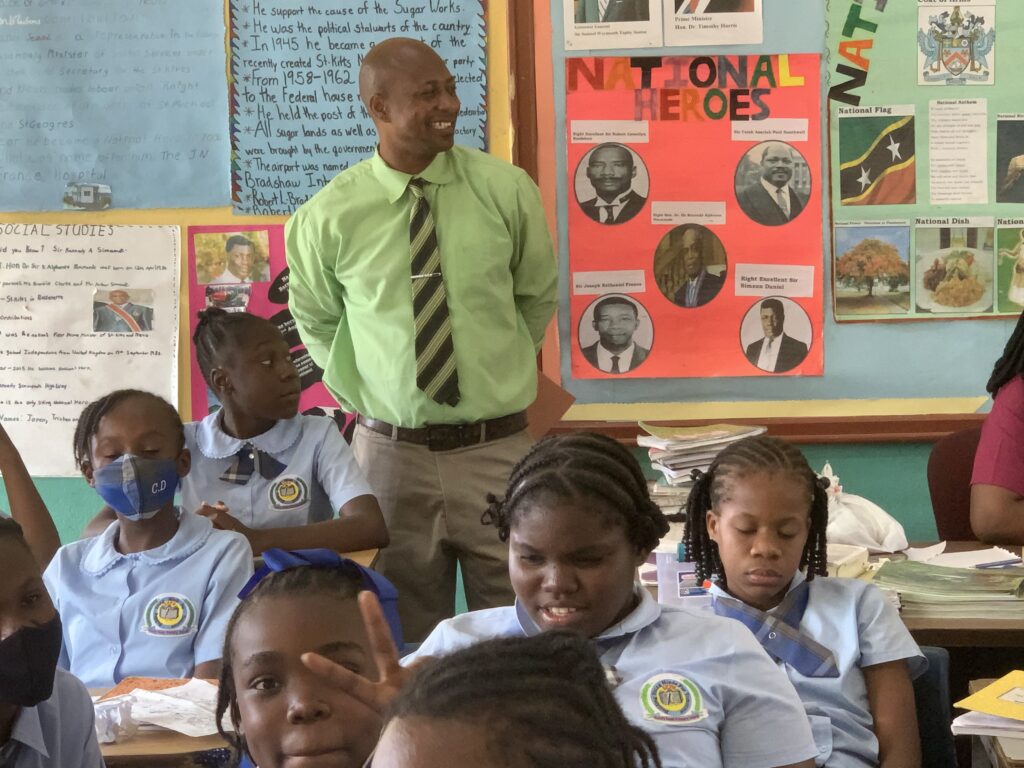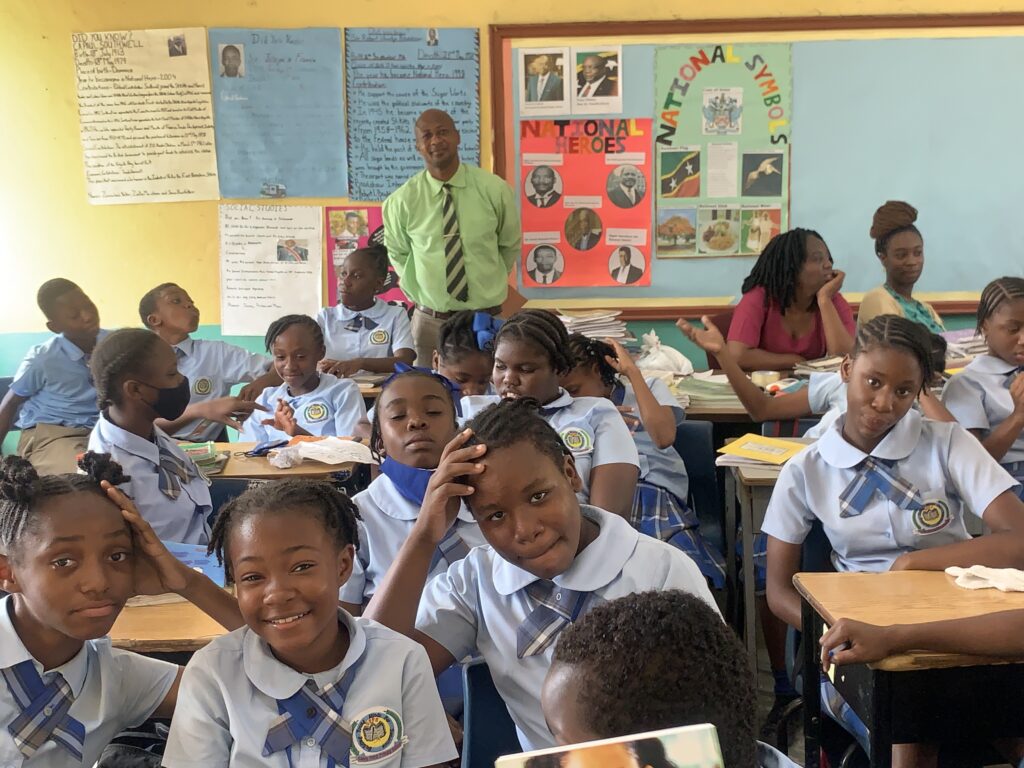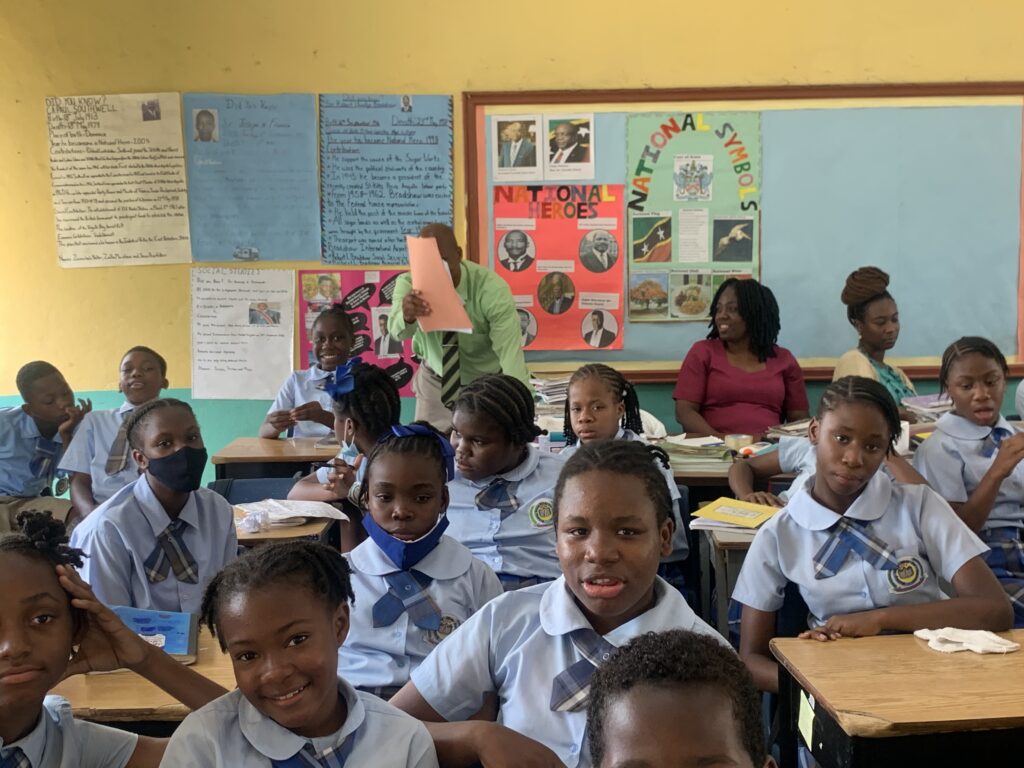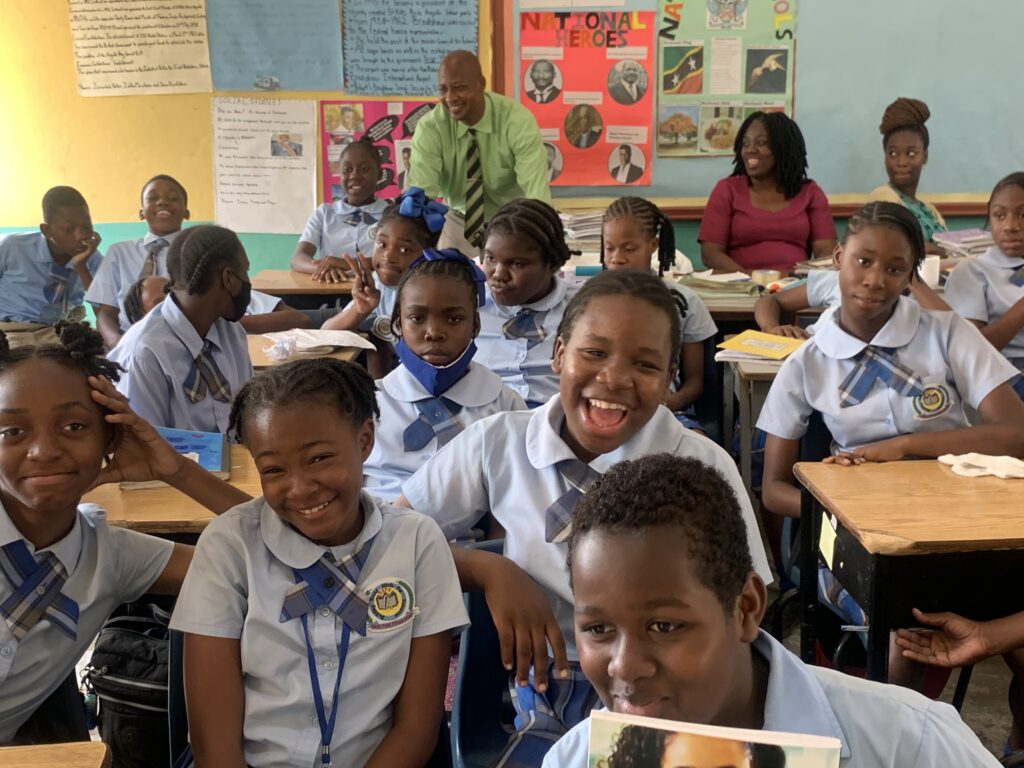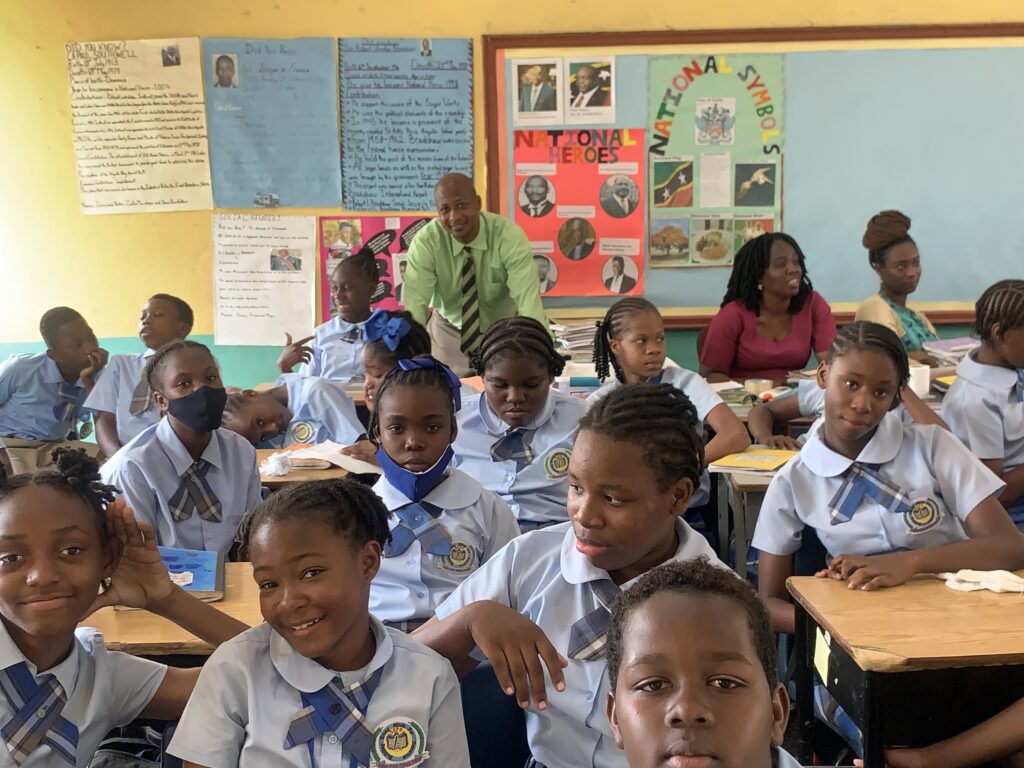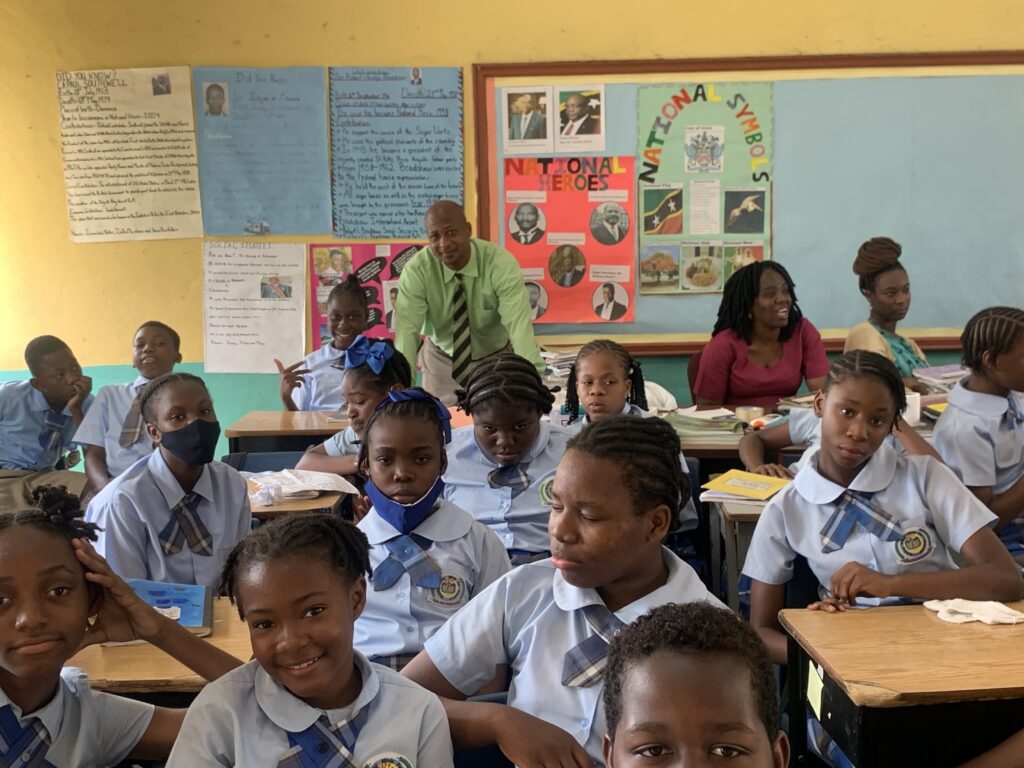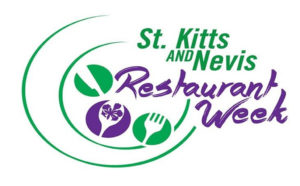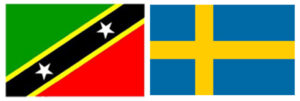Published 17 March 2021
Basseterre
Buckie Got It, St. Kitts and Nevis News Source
World Consumer Rights Day 2021
“Tackling Plastic Pollution”
Mr. Devin Richardson who is a Project Officer in the Consumer department, visited four (4) primary school where he did a presentation on theme for this year on Tuesday 16, March 2021. At the end of the presentation students were able to won prices who answered questions correctly. These prices was donated by Fast Cash and Consumer Department.
The world consumer movement designates March 15th as World Consumer Rights Day, as a means of raising global awareness about consumer rights and responsibilities. Celebrating the day is a chance to demand that the rights of all consumers are respected and protected, and to protest against market abuses and social injustices which undermine those rights.
World Consumer Rights Day was inspired by President John F Kennedy, who sent a special message to the US Congress on 15th March 1962, in which he formally addressed the issue of consumer rights and was the first world leader to do so. The global consumer movement first commemorated that date in 1983 and now uses that day every year to mobilise action on important issues and campaigns.
Each year, World Consumer Rights Day adopts a theme to highlight the event. This year’s theme is
“Tackling Plastic Pollution”.
Plastic pollution is a widespread issue that affects various areas of our environment and ecosystem. This includes the threatening of ocean health, food safety and quality, human health, coastal tourism, and contributes to climate change.
Is plastic really harmful to our immune system? Over the years, studies have found that certain types of chemicals in plastic are found in the food and beverages we consume (eat and drink). These same types of chemicals have also caused health problems such as metabolic disorders resulting in obesity and reduced fertility. Studies also show that we faced more human health problems like irritation in the eyes, vision failure, breathing difficulties, respiratory problems, liver dysfunction, cancers, skin diseases, lungs problems, headache, dizziness, birth defects, reproductive, cardiovascular, genotoxic, and gastrointestinal issues from using toxic plastics.
What can be done to help reduce plastic pollution?
- Reduce Your Use of Single-Use handbags while shopping
- Recycle Properly – have garbage bins in the schools with labels “plastic only”
- Have regular Beach Cleanups
- Use reusable containers
- Do not throw plastic items out of moving vehicles
- Walk with your water bottle
- Only put your garbage bins on the street just before the garbage truck arrives.
- Clean up plastic waste if you find it
- Do not buy water in plastic bottles.
- Spread the Word.
- Support Organizations Addressing Plastic Pollution like the St Kitts Sustainable Destination Council which host Plastic Free July every year.
What kind of items are made of Plastic?
This versatile material is in our appliances, computers, and clothing to name a few. Some of the most common places we find plastic is wrapped around the things that we buy every day because this are actually an effective way to keep food clean and fresh.
Items:
- Soft drink (soda) bottles.
- Water bottles.
- Shampoo/conditioner bottles.
- Liquid hand soap bottles.
- Microwave food containers
- Traffic Cones
- Garbage bags/bins
We are facing a significant increase in plastic pollution in our country and this is very dangerous to our planet and all forms of life that occupy it. According to the results of several beach clean ups hosted by the Department of Environment and other local groups such as SDC and Friends of the Ocean, plastic bottles and caps are always the largest amounts in the waste collected.
Where can you find plastic pollution?
- Beaches
- In our drains (especially after events like Carnival)
- On our play fields
- In rivers
- Ghauts
- Next to garbage bins
- Railway/hiking trails
- Bottom of the sea
There are items we can use instead of plastic items such as stainless steel which are tough and easy to clean. The use of stainless steel items for food and beverage storage has multiplied in recent years.
Here are some more examples of items that can be used instead of plastic items.
- Glass items
- Platinum silicone
- Beeswax-coated cloth
- Natural fiber cloth
- Wooden items
- Bamboo
- Pottery and Other Ceramics.
- Cardboard
- Paper
Plastic can affect every aspect of our lives as manufacturers continue to produce these elements. This means that plastic is everywhere hence the reason, plastic pollution is everywhere. Eight million metric tons of plastic waste enter the oceans each year, and it’s estimated that by 2050, the amount of plastic in the ocean will weigh more than all the fish. Plastic ends up inside animals, too; a sperm whale that recently washed up in Spain had 64 pounds of plastic waste in its gut.
Scientists found Bisphenol A (BPA), a chemical component in the plastic of some water bottles and the lining of tin cans, in the cord blood of nine out of 10 infants and in the urine of 95 percent of the adult Americans they tested. Tiny bits of microplastic and plastic fibers—smaller than the width of a human hair—have been found in honey, sugar, beer, processed foods, shellfish, salt, bottled water, and tap water.
As far back in 2015, Apple recorded selling over 74.5 million iPhones to customers around the world and many of us throw away the old phone instead of recycling. According to the EPA, in 2012, 32 million tons of plastic waste was generated, and only nine percent of that was recycled.
According to the trade association PlasticsEurope, world plastic production grew from some 1.5 million tonnes (about 1.7 million tons) per year in 1950 to an estimated 275 million tonnes (303.1 million tons) by 2010 and 359 million tonnes (nearly 396 million tons) by 2018; between 4.8 million and 12.7 million tonnes (5.3 million and 14 million tons) are discarded into the oceans annually by countries with ocean coastlines.
Conclusion
We can help in the fight against plastic pollutions. When we are shopping, we should demand non-plastic options from the companies or supplies. At the stores and supermarkets, use reusable bags instead of plastics. Encourage persons to use plastic-free beverage containers which are reusable and will help to cut costs. In the schools, ask the students to walk with their own reusable cups and bowls. Also, dispose of all plastic correctly in the correct bins. . If you choose to go on a hike or on the beach, make sure to secure your items and not throw them away in ghauts, rivers, and in the sea.
Reference
https://www.britannica.com/science/plastic-pollution

